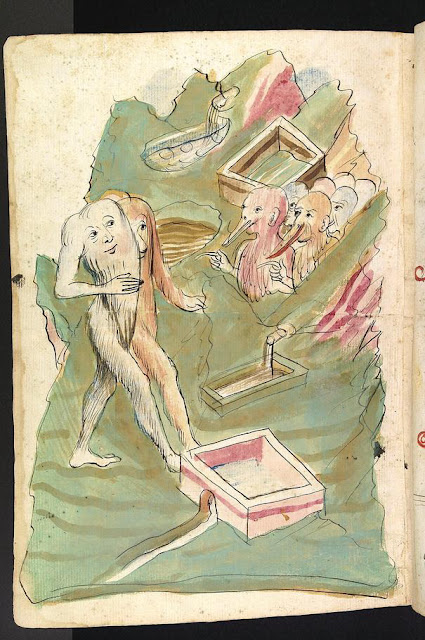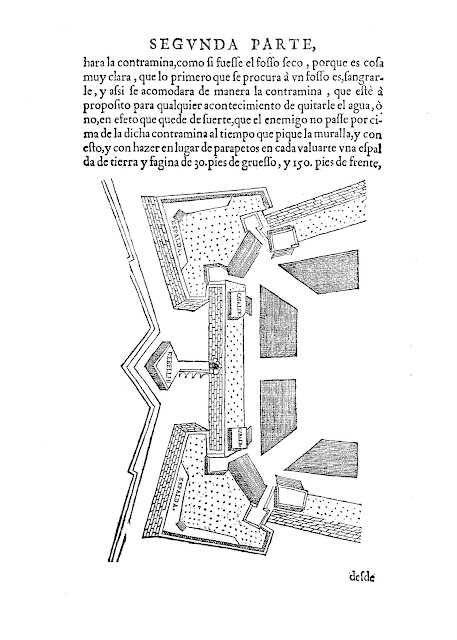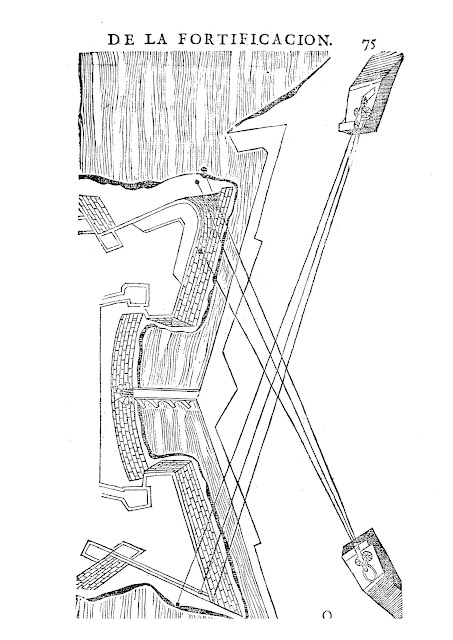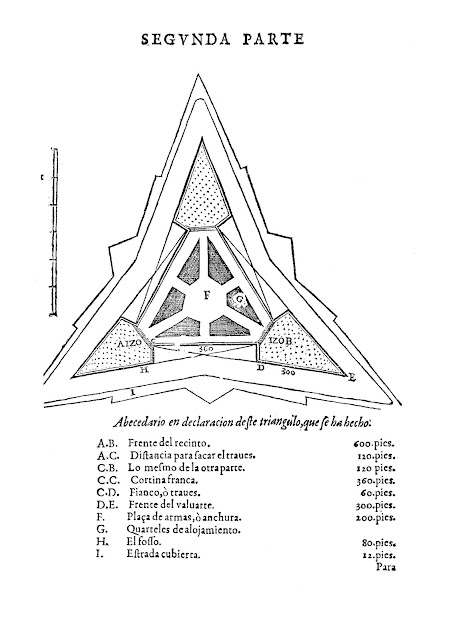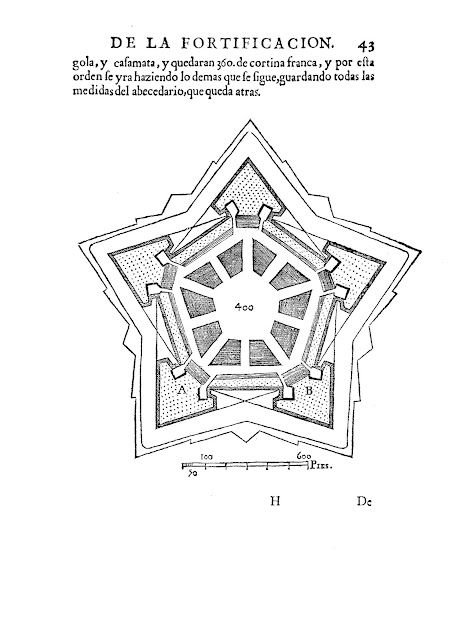This detailed and meticulous compilation of aquatic life in river ganges was issued by Scottish naturist and physician Francis Buchanan-Hamilton (1762-1829) while he was living in India, employed by the British East India Company. With this publication, Francis was describing around 100 unknown species to the scientific community!!. One can imagine Sir Francis Buchanan as the typical multi disciplinary 19th century naturist, having a passionate life exploring unknown and vast extensions, reporting about topography, zoology, history... I can’t avoid thinking in my favorite explorer –and my childhood hero as well-, Percy Fawcett. Hope someday I’ll find material about Sir Fawcett to post in this blog.
Francis Buchanan-Hamilton BIO is available on wikipedia, link here. Article is short, but provides interesting links to The Royal Society or the International Plant Names Index (forgot to mention that he also developed an intense activity regarding botanic science). The other important note in this post is about the virtual library where I found this "Account of fishes found in river Ganges": the botanicus project. This is the first virtual-library project I see in which the scan process is done via OCR or "digital text recognition", even for manuscripts. This means that once the codex is digitized, navigation via "key words" inside the document or through entire database is available, amazing. The weak point of Botanicus Project is scan quality (pdf resolution is poor). Anyway, I'll come back to the botanicus project for sure!
Updated (October, 26): add some new samples (including the rarest fish I've never seen before, don't think scuba diving in Ganges river is a good option)
 |
| 1st position for rare fish ranking in Ganges... |










